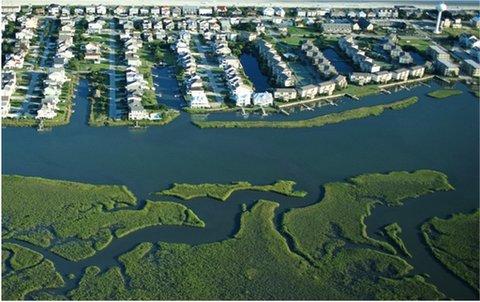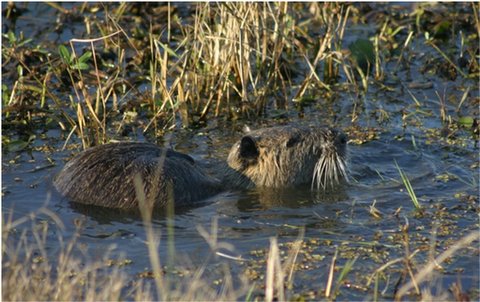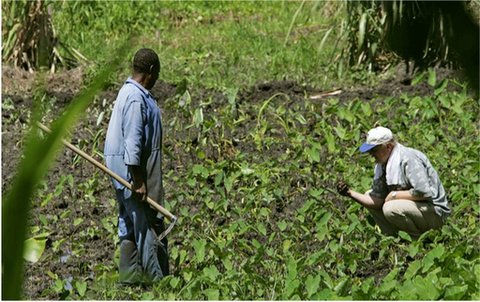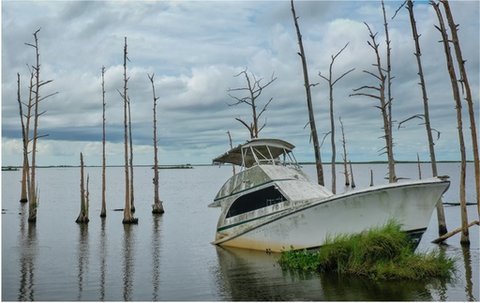…arelikegiant sponges.
Theypreventflooding.Duringheavyrains,theycollectandholdwater.Theyalsoprotectcoastalareasfromstorms.Thesecanwashawaybeachesand communities.
…acttocleanandfilter water.
Chemicalsfoundinfertilizeroftenwashintowetlands.Wetlandplants,fungi,andalgaesoakuptheseharmfulchemicals.Otherthingsthatpollutethewatersinktothebottom.Theretheyareburiedin soil.
…arehomesformany species.
Manykindsofplantsandanimalsdependonwetlandstosurvive.Two-thirdsoffisheatenworldwidedependonwetlandsduringtheir life cycle.
…haveavarietyof ecosystems.
WetlandscoveronlyfivepercentoftheUnitedStates.Yetmorethanone-thirdofthethreatenedspeciesintheU.S.liveonlyinwetlands.Another20percentusewetlandsduringtheir lives.
…areimportantto people.
Nearly400millionpeopleliveclosetowetlands.Peopledependonthem.Theyusewetlandstogrowcrops.Wetlandsarealsousedforfun.Peoplefishandboatonthem.Americansspendmorethan$100billiononwetlandactivitiesevery year.
Asmuchashalftheworld’swetlandshavedisappearedsince1900.Still,theyhavegreatvaluetopeopleand wildlife.
Development

Peoplechangewetlandsbyremovingtheplantsthatlivethere.Theydrainthewetlandstobuildhousesand roads.
Invasive Species

Introducingplantsandanimalsfromotherareascausesnativespeciestocompete.Ifnativespeciesdieoff,theecosystemis disturbed.
Agriculture

Wetlandsoilisoftenmadeintolandforfarming.Theextrawater,orrunoff,fromnearbyfarmscanhurt wetlands.
Climate Change

Climatechangehascausedariseinsealevels.Asaresult,manycoastal wetlandsmaybeflooded forever.